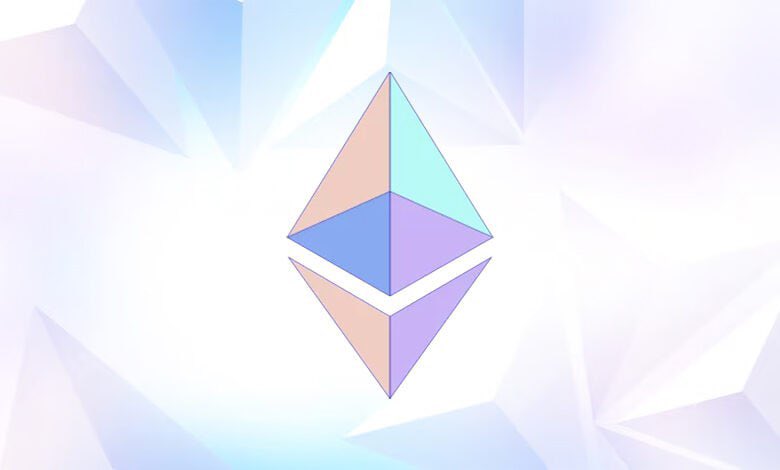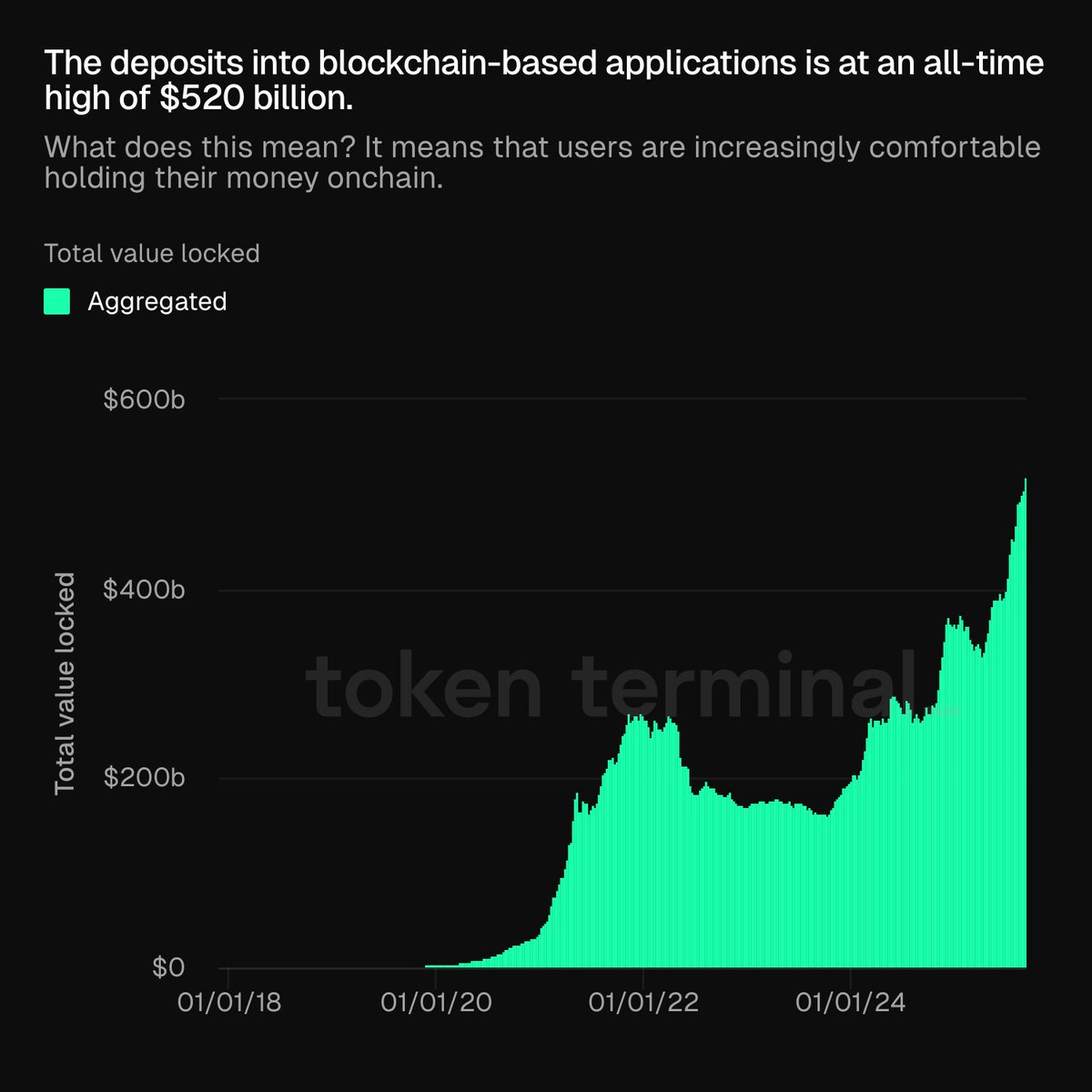Lido DAO price
in TRYCheck your spelling or try another.


About Lido DAO
Lido DAO’s price performance
Lido DAO on socials


Guides

Lido DAO FAQ
Lido is a decentralized protocol offering liquid staking services for various Proof of Stake (PoS) blockchains. When users stake assets with Lido, they receive tokenized equivalents of their staked tokens on a 1:1 basis. These tokens remain liquid, allowing users to use them across various platforms.
Lido charges a 10 percent fee on staking rewards. Despite being seen by some as a drawback, this rate aligns closely with industry standards, keeping Lido competitive.
Easily buy LDO tokens on the OKX TR cryptocurrency platform. OKX TR’s spot trading terminal includes the LDO/USDT trading pair.
You can also swap your existing cryptocurrencies, including XRP (XRP), Cardano (ADA), Solana (SOL), and Chainlink (LINK), for LDO with zero fees and no price slippage by using OKX TR Convert.
Dive deeper into Lido DAO
One of the most significant events in the cryptocurrency industry was Ethereum's mainnet transition to Proof of Stake (PoS). This transition raised concerns due to the 32 ETH requirement to become an Ethereum validator for staking. Lido (LDO) emerged as a liquid staking solution in the decentralized finance (DeFi) space, lowering this high entrance barrier and enabling anyone to stake ETH and earn rewards.
What is Lido
Lido is a decentralized protocol offering liquid staking services for several PoS blockchains, including Ethereum (ETH), Solana (SOL), Polygon (MATIC), and Polkadot (DOT). Liquid staking addresses a critical issue in PoS staking, namely illiquidity, which occurs when assets are staked and locked, becoming inaccessible for a specific period. Lido overcomes this challenge by offering users liquidity and non-custodial staking solutions, allowing them to retain flexibility and access to their staked assets. By May 2023, Lido's total value locked (TVL) exceeded $11.7 billion, positioning it as the leading liquid staking platform.
The Lido community governs the protocol through the LDO token, empowering holders to vote on improvements, upgrades, and network parameters. This decentralized autonomous organization (DAO) also oversees insurance and development funds.
The Lido team
Lido was launched shortly after the Ethereuem merge in December 2020 by Lido DAO. Lido is governed by the community members and holders of the LDO token. Members of Lido DAO have a proven track record in the decentralized finance (DeFi) space. Notable contributors include Semantic VC, P2P Capital, ParaFi Capital, BitScale, Julien Bouteloup, and AAVE.
How does Lido work
When users stake assets in Lido, they receive tokenized representations (like stETH or stDOT) in a 1:1 ratio. These tokenized assets remain liquid and accessible, allowing users to use them on other DeFi platforms, such as Maker DAO and Curve DAO. This enhanced liquidity expands users' opportunities and financial options.
LDO tokenomics
LDO is an ERC-20 token with a capped supply of 1 billion. LDO tokens are instrumental in Lido's governance; the more LDO tokens staked, the more voting power holders have in decision-making processes ranging from protocol upgrades to resource allocation.
LDO distribution
Upon launch, the 1 billion LDO tokens were distributed as follows:
- 36.32 percent to the Lido DAO treasury
- 22.18 percent to investors
- 20 percent to initial Lido developers
- 15 percent reserved for founders and future employees
- 6.5 percent to validators and signature holders
Disclaimer
OKX TR does not provide investment or asset recommendations. You should carefully consider whether trading or holding digital assets is suitable for you in light of your financial condition. Please consult your legal/tax/investment professional for questions about your specific circumstances. For further details, please refer to our Terms of Use and Risk Warning. By using the third-party website ("TPW"), you accept that any use of the TPW will be subject to and governed by the terms of the TPW. Unless expressly stated in writing, OKX TR and its affiliates (“OKX TR”) are not in any way associated with the owner or operator of the TPW. You agree that OKX TR is not responsible or liable for any loss, damage and any other consequences arising from your use of the TPW. Please be aware that using a TPW may result in a loss or diminution of your assets. Product may not be available in all jurisdictions.







